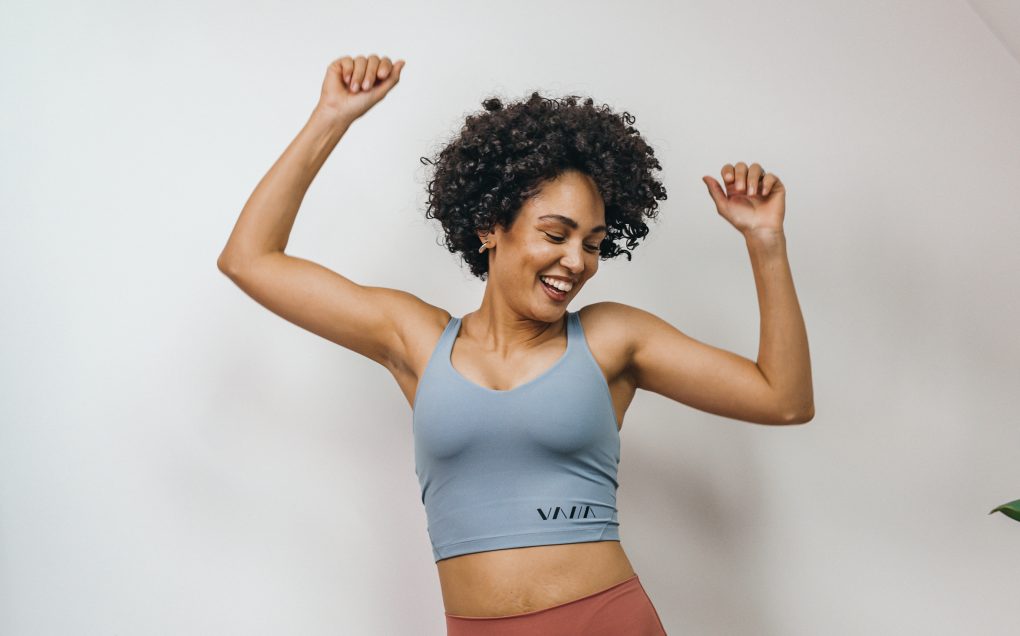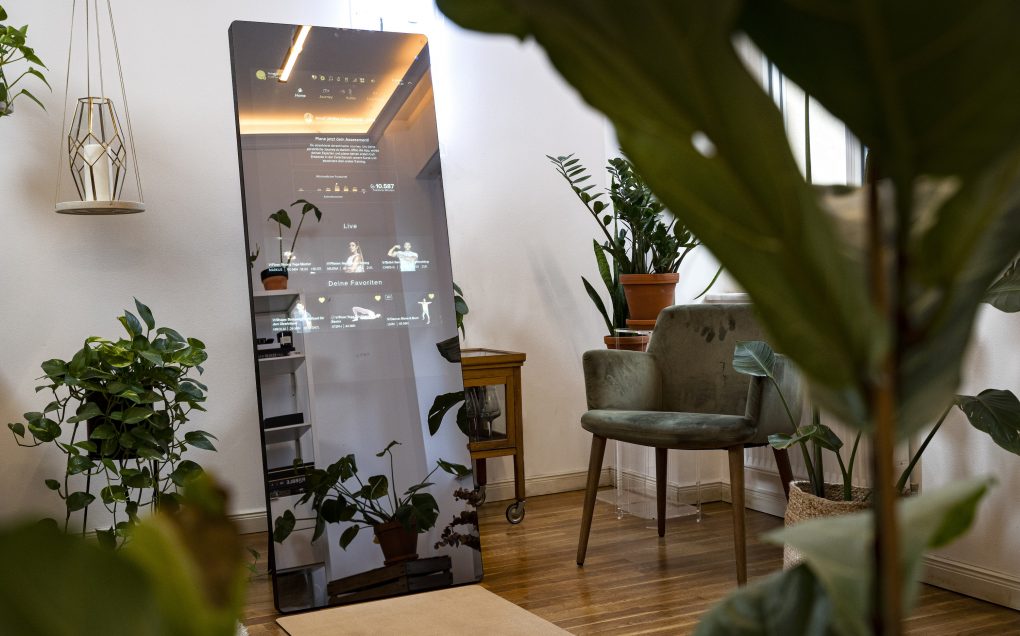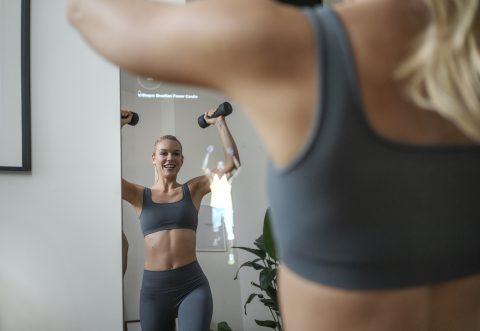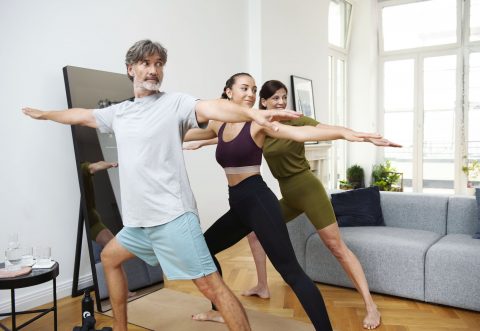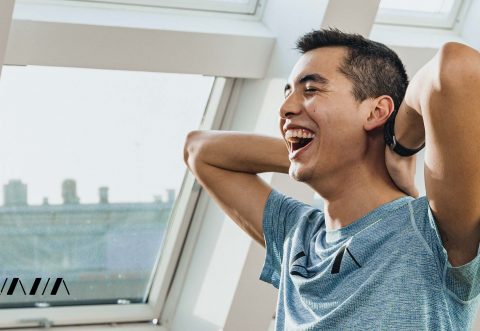Why are routines important?
When we think about habits, we cannot avoid looking at the findings of scientific research. In the past few years, the interest in routines, habits and their influence has increased tremendously. Especially as researchers found out that changing habits not only influences our behaviour or our way of thinking but can even restructure our brain. According to studies, more than 40 per cent of our daily actions are not based on conscious decisions but habits! That is remarkable when you consider that each of these habits – as banal and incidental as they may be – have an enormous influence on our health, productivity, financial situation, and ultimately our entire well-being. Reason enough to take a closer look at one’s routines.
Four facts about habits you need to know:
- We generally find it easier to adopt a new habit into our lives than to break an old one.
- It takes an average of 66 days for people to adopt a new task as a routine, whether it’s doing 50 sit-ups in the morning or committing to eating a piece of fruit every day at lunchtime.
- We are more likely to make significant behavioural changes when essential things in our lives change (a new relationship, a job change, etc.) – also known as “teachable moments”.
- But the most important thing is and remains: We are not slaves to our habits and can intentionally influence them. Or, as Charles Duhigg puts it in his book The Power of Habit [1]: “Habits can be changed if we understand how they work.”
Trigger, reward and craving – how do we form habits?
According to science, we create habits because our brain constantly strives for maximum economy. In other words, it always keeps looking for ways to reduce the amount of effort it has to make. Therefore, it transforms activities into routines in order to shut down more often and work on stand-by. A good example is driving a car. Once we learn how to drive, we can do it almost in our sleep; our feet press the pedals as if by themselves, and we shift into the next gear almost without thinking. Unless you specifically fight such a habit, it will become automatic. And they don’t usually disappear suddenly (that’s why we can still drive a car after a two-week holiday).
Unfortunately, our brain doesn’t distinguish between good and bad habits. Meaning, we are more likely to indulge in habits that are pleasant and appeal to our brain’s reward centre. Be it the bag of chips in front of the TV, or scrolling through Instagram first thing in the morning instead of using the time to go for a run. That’s why it’s so challenging to make exercise or a healthy diet a habit. Our brain is an unreasonable hedonist who craves quick rewards and usually prefers the banoffee pie to the fruit plate.

